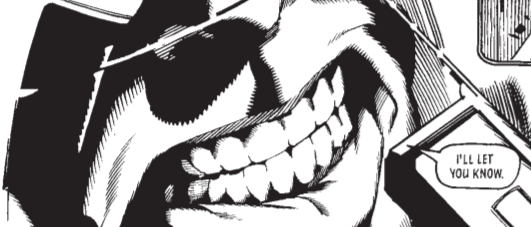(11) CONSTANTIUS II –
CONSTANTINIAN DYNASTY (EASTERN EMPIRE THEN WHOLE EMPIRE)
(337 – 361 AD: 24 YEARS 1 MONTH 25 DAYS)
And now we come to some special mention matched pairings, in which one emperor is similar to or echoed by another emperor in the Crisis of the Third Century. Also special mentions that while good, drop down a tier from top-tier to high-tier – often coinciding with a mixed or even negative reputation.
For Constantius II, I guess there was something to the name – there were three emperors with the name and they were all pretty decent. Granted, Constantius II wasn’t as good as the other two, which included his namesake grandfather and first Constantius. For that matter he wasn’t as good as his father Constantine the Great, although he was the only one of Constantine’s three sons worth a damn as emperor.
Constantius II has a mixed reputation but deserves his place among the good emperors for holding the empire together for almost two and a half decades, mostly in its eastern provinces but also the whole empire for about a third of his reign – despite his brothers fighting each other, usurpers, civil war, and Germanic barbarian tribes, all while waging war with the Persian Sassanid empire for most of his reign.
He and his brothers had succeeded their father as emperor, with Constantius reigning over the eastern third of the empire while his brothers Constantine II and Constans reigned over the western and middle thirds respectively. Constantius had played the leading role in doing the dirty work for their uncontested succession – the massacre of the princes, eliminating the other adult male members of the family as rivals to that succession.
His attention as eastern emperor was preoccupied foremost with constant warfare with the Persian Sassanids rather than the shenanigans of his brothers – Constantine II invaded Italy to usurp Constans but was defeated by Constans’s troops and killed instead, leaving only the two brothers maintaining an uneasy peace with each other until Constans was successfully usurped by the general Magnentius.
Constantius then fought one of Rome’s costliest civil wars, the civil war of 350-353 AD against Magnentius, defeating him at the decisive battle of Mursa Major in 351 AD, albeit the war dragged on until the final battle of Mons Seleucis in 353 AD. The battle of Mursa was one of the bloodiest battles in Roman history, bearing in mind that as a civil war the Romans lost soldiers on both sides. Contemporary writers lamented its losses as a disaster for the empire – with Eutropius opining those losses could have won triumphs from foreign wars and brought peace, while Zosimus believed they left the army so weakened that it could not counter barbarian incursions. Even modern academics have labelled the battle a pyrrhic victory for Constantius.
While perhaps an apt observation for civil war later that century and battles such as the Battle of Frigidus in 394 AD, it does seem overstated for Constantius – given that he successfully defeated the Alamanni at the Rhine frontier and the Quadi and Sarmatians across the Danube before having to turn his attention back to the east against a renewed Sassanid Persian threat. And for that matter, his junior emperor Julian was also able not only to defend the western empire but campaign across the Rhine, while Valentinian was able to robustly defend and campaign across the Rhine and Danube frontiers in his reign from 363 to 374 AD.
This negative observation of the civil war is mirrored by Wikipedia stating that Constantius was “unwilling to accept Magnentius as co-ruler”, an easy observation in hindsight, but it is difficult to see what else Constantius could have done or how his own position could have been secure if he had accepted Magnentius’ usurpation of his brother – and he demonstrated he was willing and able to compromise with usurpers where circumstances permitted, cutting a deal with another usurper Vetrantio (whose usurpation had effectively blocked further usurpation by Magnentius).
Anyway, his victory in the civil war left him sole ruler of the empire, although he appointed junior members of the far flung Constantinian family tree – whom had been children at the time of the massacre of the princes and thus avoided the purge – as junior emperor or caesar. Firstly Constantius Gallus in the eastern empire, who had to be, shall we say, written off, and then Julian in the western empire, who proved far more capable. Indeed, too capable, as civil war loomed between them but was fortunately averted when Constantius became gravely ill, naming Julian as his successor for the whole empire before he died.
DID DOVAHHATTY DO RIGHT?
I was pleased to see Dovahhatty did right by Constantius II, the only one of Constantine’s three sons inheriting the empire to be depicted as a chad. (We’ve seen Constantine III depicted as a virgin in my Top 10 Worst Roman Emperors – and Constans will be featured later). He also captured something of the weariness of Constantius II facing the challenges of the reign – as in the screenshot in my featured image. Youtuber Spectrum similarly ranked Constantius II among his ten most underrated emperors.
RATING: 4 STARS****
B-TIER (HIGH TIER)
EMPIRE SAVER











